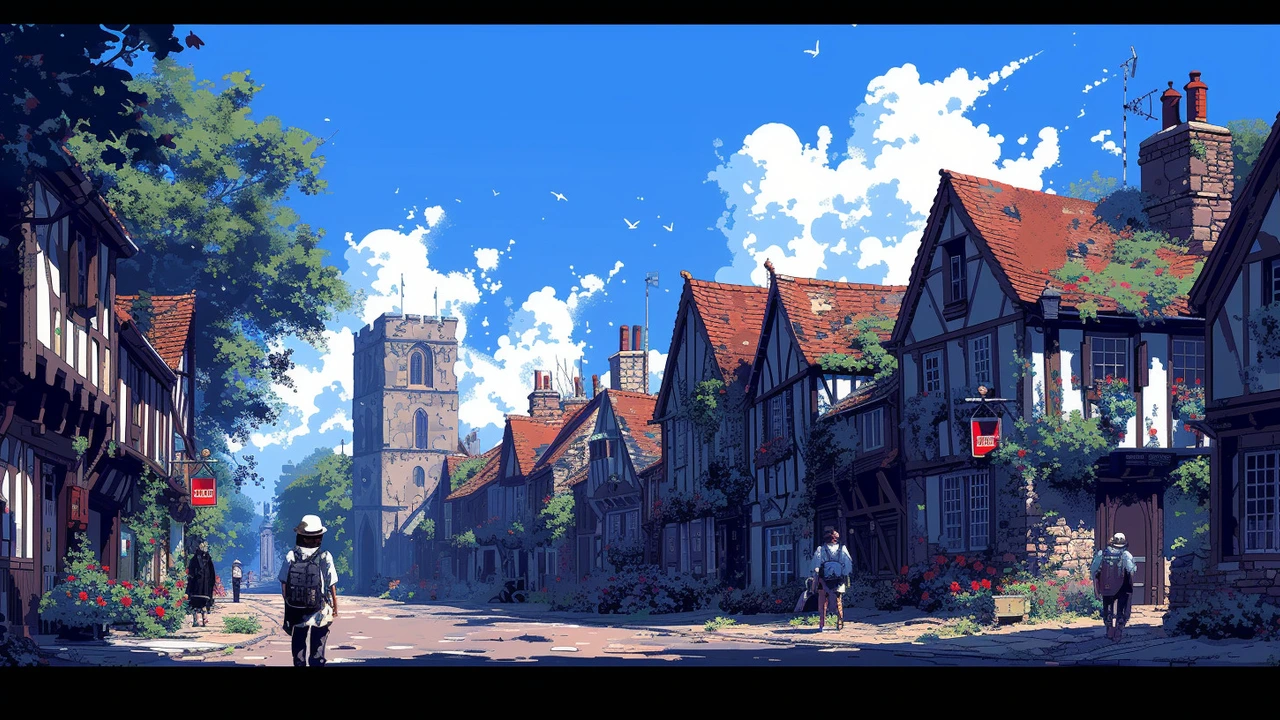Richness: How to Read Layers of Detail in Art and Architecture
Richness in architecture isn’t about money or size — it’s about layers that reward a second look. You’ll see it in Roman concrete vaults, Byzantine mosaics, baroque drama, or a carefully carved Craftsman beam. Once you know what to look for, buildings stop being backgrounds and start telling stories.
How to spot richness when you visit or scroll
Start with the materials. Is the stone worn smooth or sharply carved? Roman and Romanesque structures often show massive, formed stone and clever engineering. Byzantine and Art Nouveau surfaces mix stone, tile, and metal — that contrast creates depth. Next, check ornament: are carvings repeated like a rhythm, or are they one-off flourishes? Beaux-Arts and Rococo lean heavy on ornament; minimalism does the opposite, so contrast helps you notice the choices.
Look up. Domes, vaults, and coffered ceilings pack a lot of richness into one view — think Hagia Sophia’s glow or a Renaissance ceiling full of story panels. Pay attention to joinery and edges: Craftsman work shows richness in honest joints and exposed beams, while Gothic Revival uses pointed arches and tracery to make light and shadow do the work.
Color and texture matter. A mosaic’s tiny tiles, a painted fresco, or a gilt frame each add a tactile layer. Baroque interiors use bold contrasts and rich finishes to direct your eye; Greek Revival and Georgian styles use ordered symmetry and refined surfaces for a quieter richness. When details repeat—columns, moldings, tiled patterns—they build visual weight without shouting.
Practical ways to add richness to your space
You don’t need a palace to introduce richness. Start small: add one textured surface (a tiled backsplash, a carved wood panel, or a patterned rug). Introduce a focal feature—an arched doorway, a vintage light fixture, or a framed mosaic fragment—to create a sense of history or craft. Mix materials: metal, wood, glass, and stone layered together increase depth. Use curated ornamentation: a single ornate mirror or an applied molding can elevate a plain wall.
Think about scale and rhythm. Repeat a simple element (trim, tile, or column) at regular intervals to create order and richness without clutter. Preserve what’s original when you can. Restoration choices—matching old lime plaster, keeping original cornices—often add far more character than replacing everything with new, generic materials.
If you love exploring styles, use this tag to jump between posts on Roman engineering, Byzantine mosaics, Baroque drama, Gothic spires, and Beaux-Arts grandeur. Each article shows a different way richness is created and conserved. Spot the details, ask why they’re there, and you’ll start seeing how designers layer meaning into every surface.

Celebrating the Richness and Diversity of Tudor Architecture
In my recent exploration, I've been absolutely tickled pink by the grandeur and variety of Tudor Architecture! These architectural gems, dating from the playful, yet somehow regal, time of the Tudors (1485-1603), are a delightful mishmash of styles, materials, and design motifs. From charming half-timbered houses, popping up like a scene from a fairy tale, to imposing stone castles with their majestic appeal - the range is simply astounding! It's like diving into a hearty architectural fruit salad, each bite offering a new surprise. So, let's put on our explorer hats and join the jolly jamboree, celebrating the rich, diverse, and slightly quirky world of Tudor architecture!
Read more